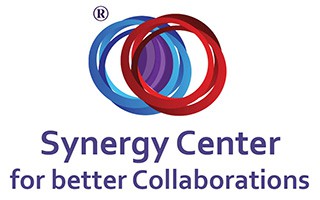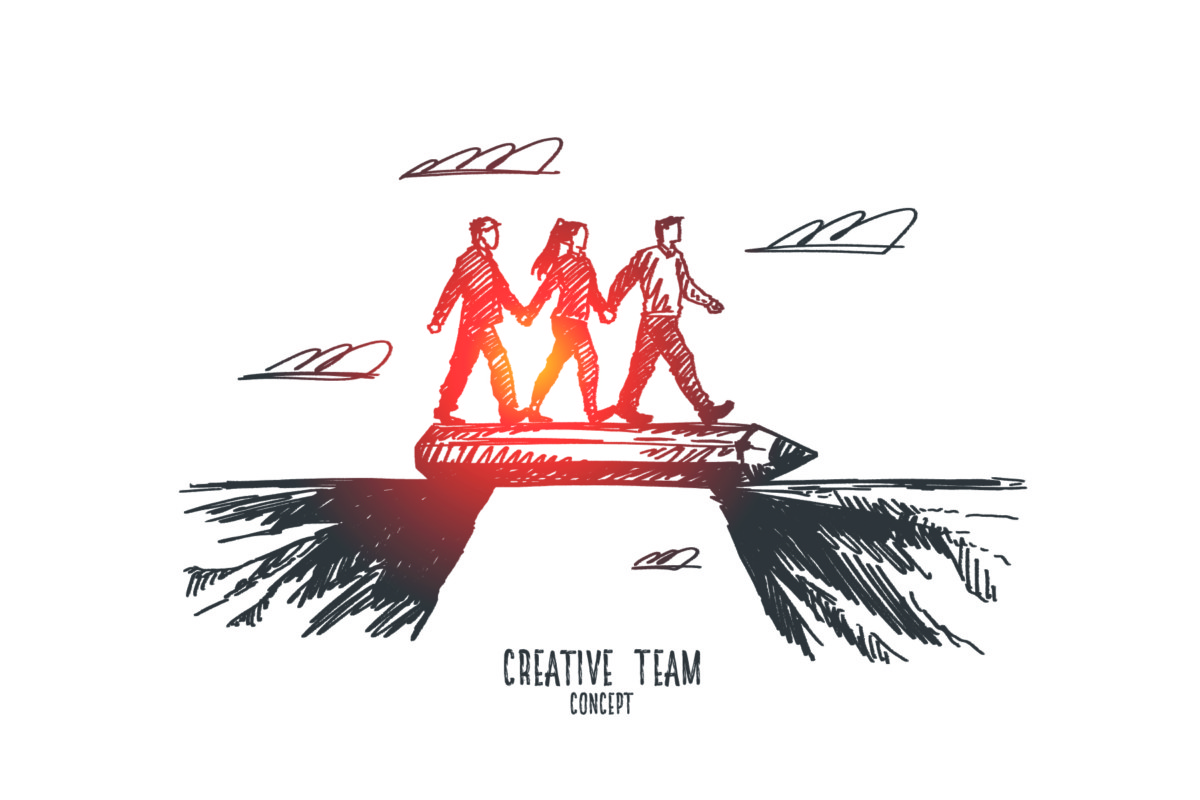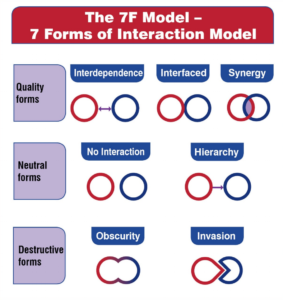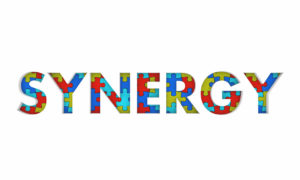Organizational synergy’s underlain by esoteric principles and collectivist mind-set. It isn’t surprising how difficult it’s to implement the dimensions of organizational synergy given the individualist (egocentric or personal interest) tendencies of the entities involved. Sure, organizational synergy’s realistic, because it acknowledges that competition can coexist with cooperation, cultural reforms with resistance to change, etc. And that’s exactly what makes it practicable, given that there’s diversity and the outcomes aren’t ‘zero sum’.
Synergy may also fail to work if there’s too much bureaucracy – rigidity with regards to rules. In addition, effective communication can foster synergy. Moreover, synergy requires cultural forms, but it’s often met with stiff resistance by stakeholders who view difference in cultures (diversity) as a threat. This has been the culprit behind bureaucratic tendencies, resistance to change, egocentric behavior, self-interest, etc. However, we can’t people for such tendencies — threats can be something that’s beyond their control. It’s in the nature of humans to react defensively if they feel threatened. That can’t be ruled out in organizations.
It’s a difficult position to be in for an entity or someone who’s used to a particular culture but they’re forced to cooperate with their competitor. Besides, working with a competitor has an implication — you either abandon your culture, embrace a new culture or work accept changes to your culture. This is what usually happens when there’s a merger between different organizations or acquisition (cannibalization) by a larger, more powerful organization.
And because it threatens one’s culture, employee morale can reduce; hence, performance. An employee can also opt to leave the organization. This is because of self-interest, which rightly so is justified in view of the circumstances. For example, the employee might consider whether their own future with the organization, possibilities of a demotion, layoffs, etc. Hence, periods surrounding mergers or acquisitions tend to be uncertain. It’s a period that ushers in a new order.
Resistance to Change
Its severity depends on the level of perception of threat and how deeply entrenched the organizational culture is. It can range from mild to strong, because synergy coerces or forces someone to confront a threat head-on, which in most cases isn’t desirable. This causes the opposite effect — instead of cooperating with your competitor, you take a hardline stance against them (and your competitors react similarly, too).
As a backlash, employees become more egocentric than collectivistic. It’s nearly impossible to expect cooperation from someone who’s ego-driven, anxious or resistant. In addition, such individuals tend to be bureaucratic, and are unable to relate to communication that’s effective for fostering synergy.
So, how do Organizations Achieve Synergy, Then?
Synergy requires tolerance to diversity — a commitment to stepping out of our comfort zones. It requires burning through organizational structure, and consuming available resources. It involves soothing of the ‘pain’ — consoling each other that all isn’t lost. It involves counseling each other that changes are bound to happen, and that they serve to protect and preserve employees.
For example, no matter what position you’re in an organization, you can encourage your fellow worker that the new cannibalizing entity is there to serve their interest; the organization was going under anyway; thankfully, you’ve someone who’s there to ensure we remain in employment. In addition, the acquisition may mean promotion or a new position. The bottom line is to see a positive outlook — optimism; avoid focusing on the negatives if you want your colleague to put their ego aside, and work toward the common good.
It’s also good to prepare for conflicts in advance, because they’re bound to happen, despite the existence of leadership and vision. The organization should market change as something acceptable and whose outcomes are desirable — not zero sum; benefitting one and disadvantaging another. Instead, it’s something that benefits everyone.
All-in-all…
Organizational synergy’s a concept that can confuse you if you don’t adopt a mind-set that it’s not a zero sum game. It’s something that depends so much on diversity and cultural reforms. Ironically, cultural reforms are usually ‘painful’ but necessary processes, which seek to benefit everyone — not benefitting one person at the expense of another.




